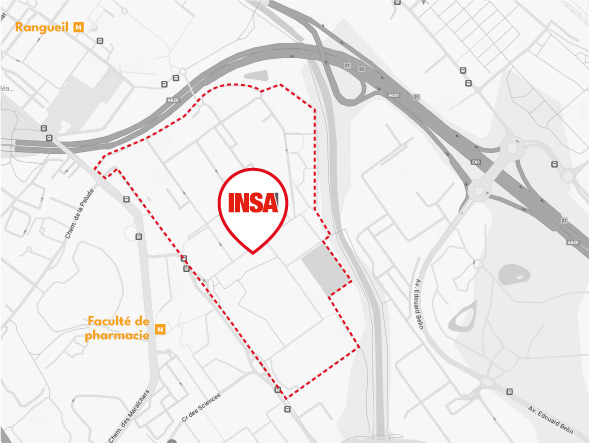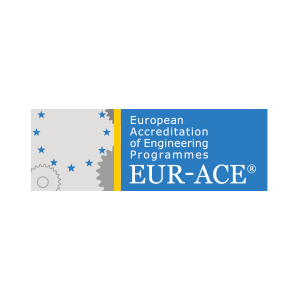Analyze structure equilibrium and apply Newton’s second law to a system of rigid bodies:
– Model usual mechanical actions as wrenches using screw theory (kinematic joints and external forces)
– Model friction using Coulomb’s Law of Friction
– Model the tilting of a plane joint using a mobile point of application for the normal force
– Identify a statically determinate/indeterminate system (number of static unknowns)
– Determine a solving strategy for the second law (systems of interest, external forces, free body diagram, equations to use, solid bodies subjected to only two external forces)
– Calculate the mechanical actions that need to be determined (joints or actuators)
– Validate the stability of a structure (sliding, tilting on a plane, loss of contact)
Determine the absolute or relative velocity and acceleration of a point on a rigid body:
– Interpret the kinematic parameterization of a mechanism
– Describe the velocity vector field that characterizes a body’s motion as a twist using screw theory
– Apply velocity addition, velocity field analysis and time derivatives of vectors in rotating frames
– Determine the condition for rolling without slipping at the contact between two bodies
– Solve a 2D kinematics problem graphically (instantaneous axis of rotation, velocity field)













